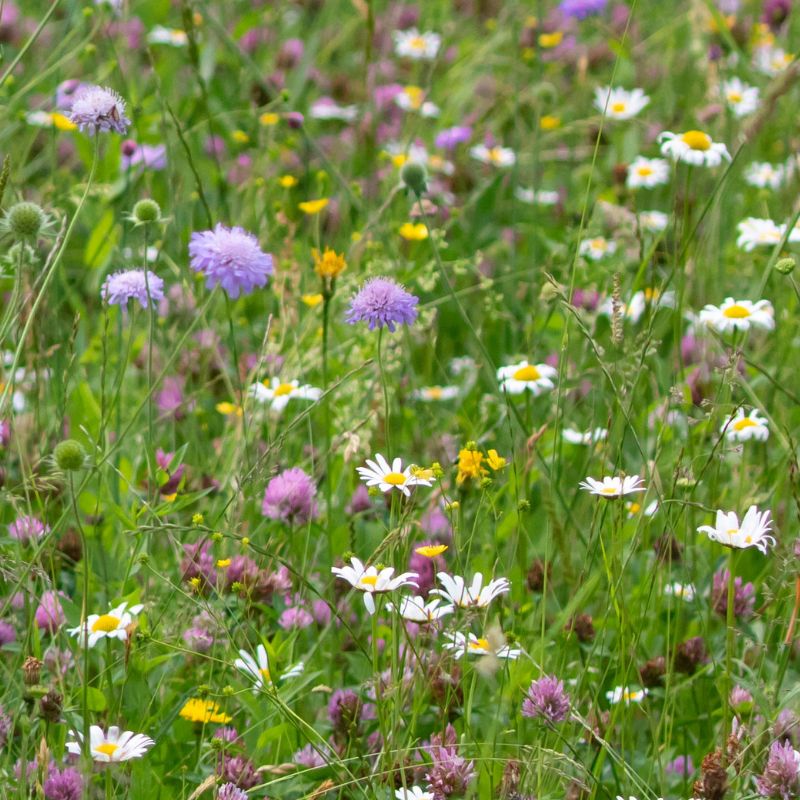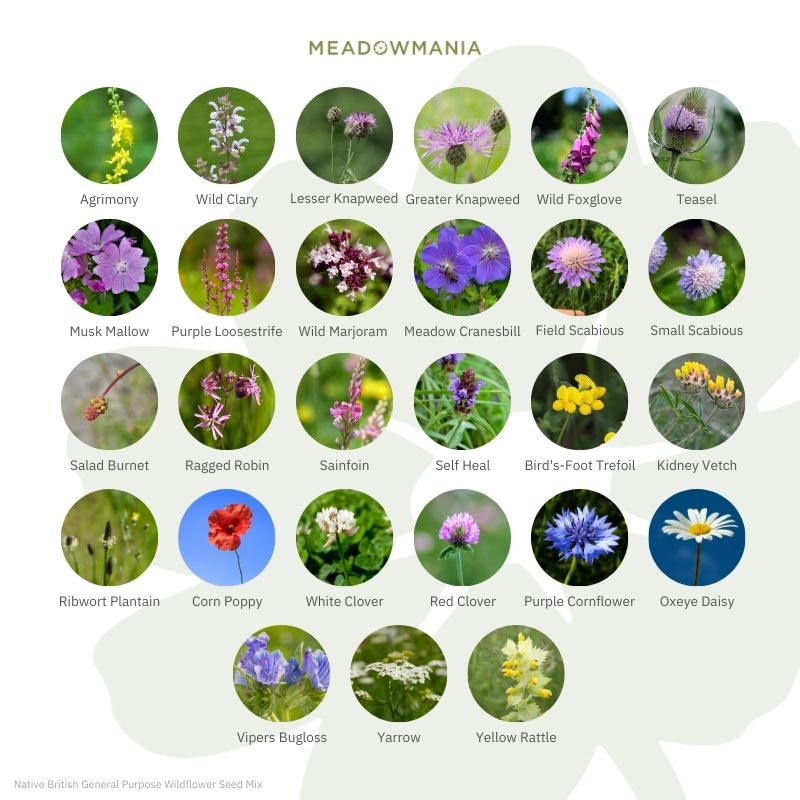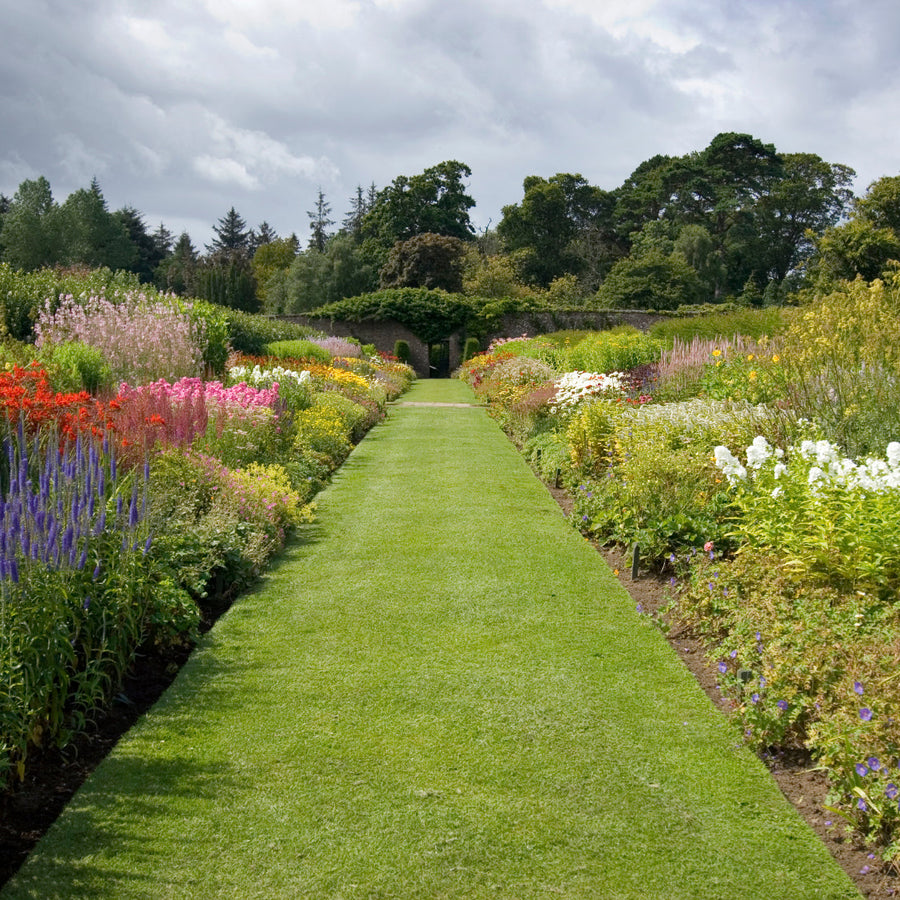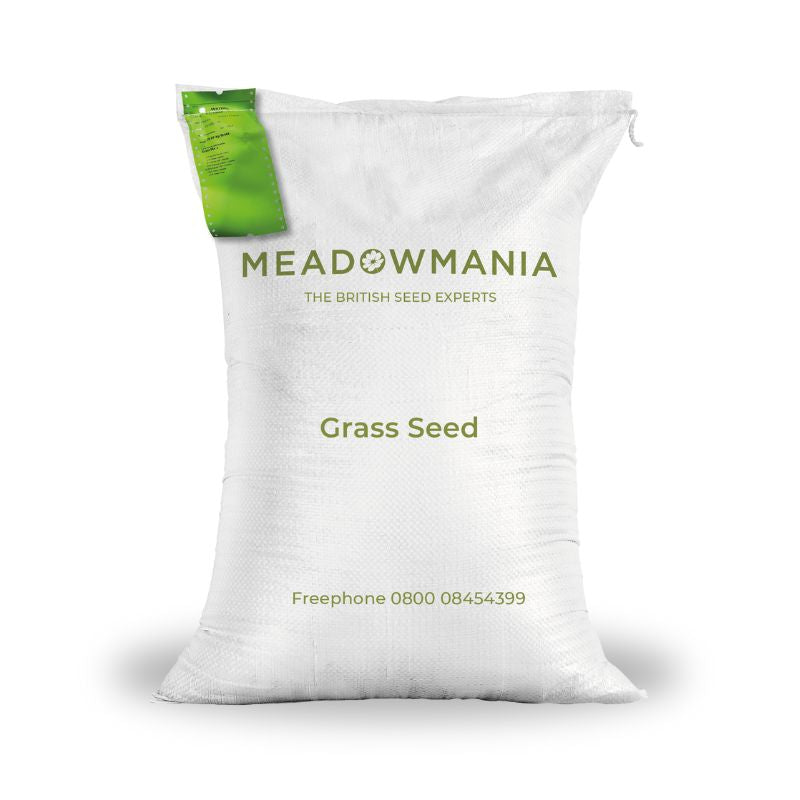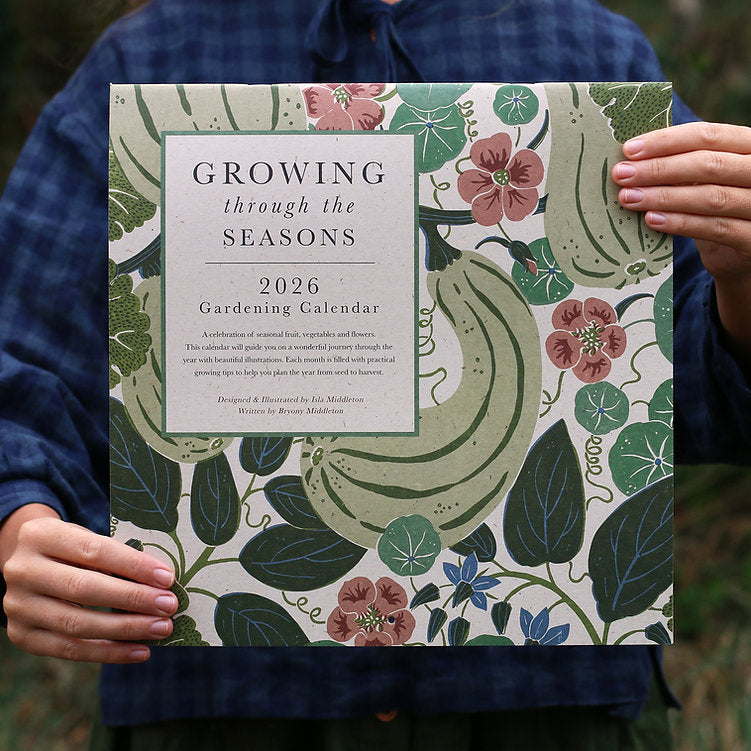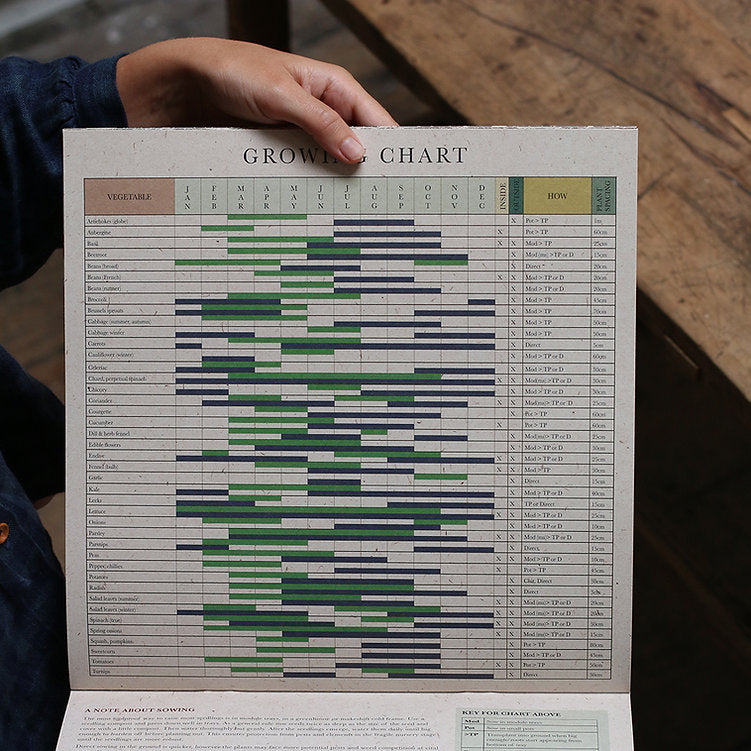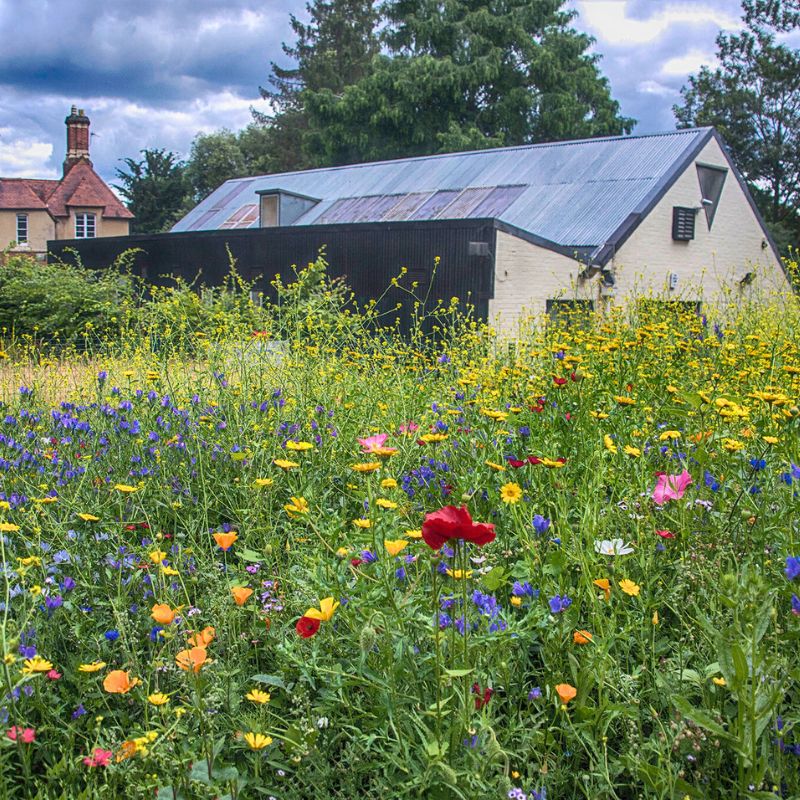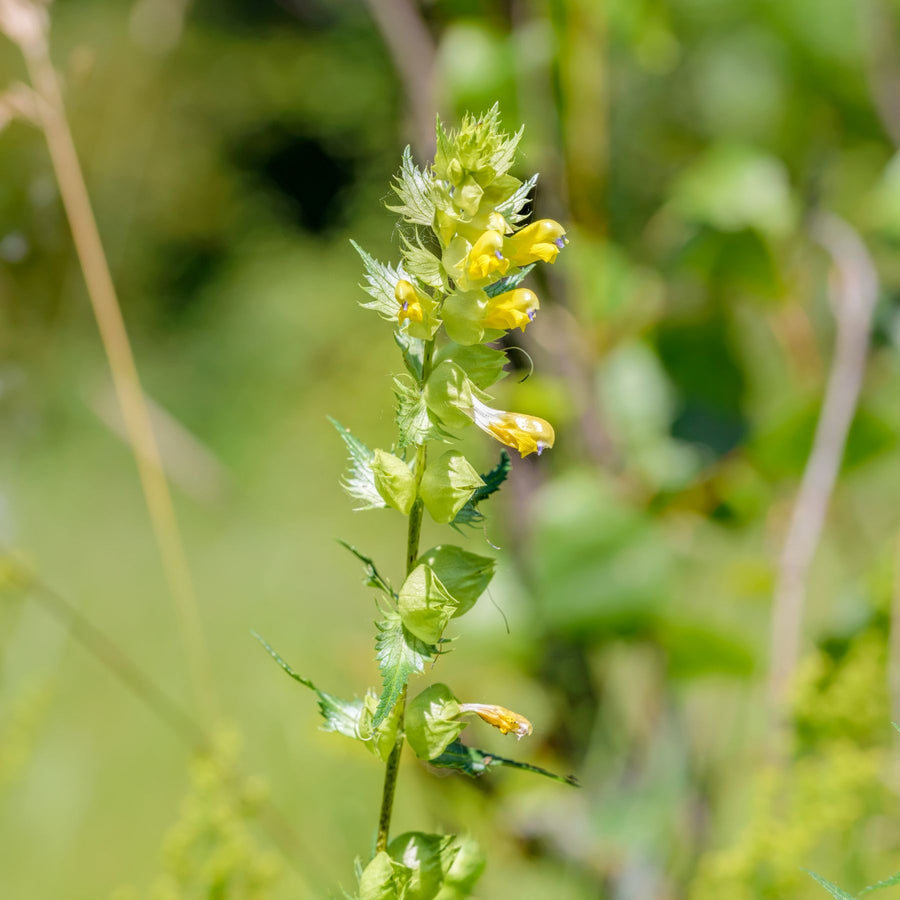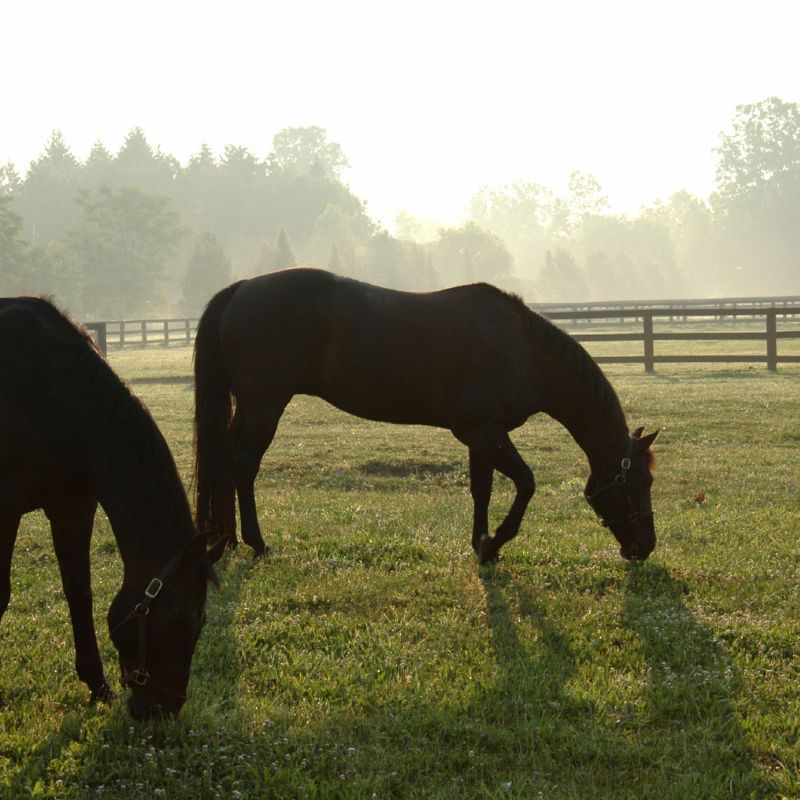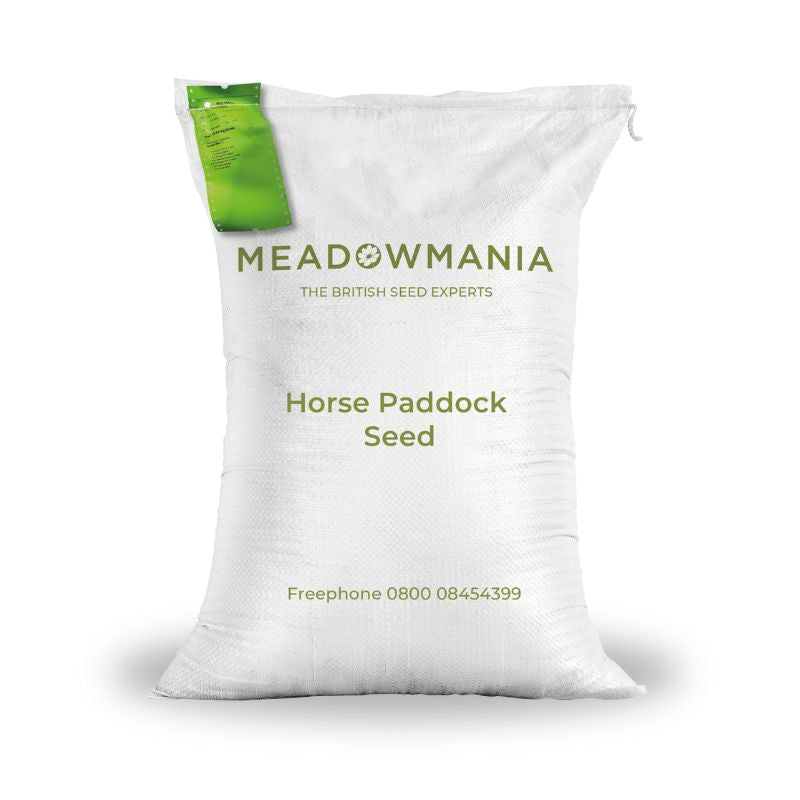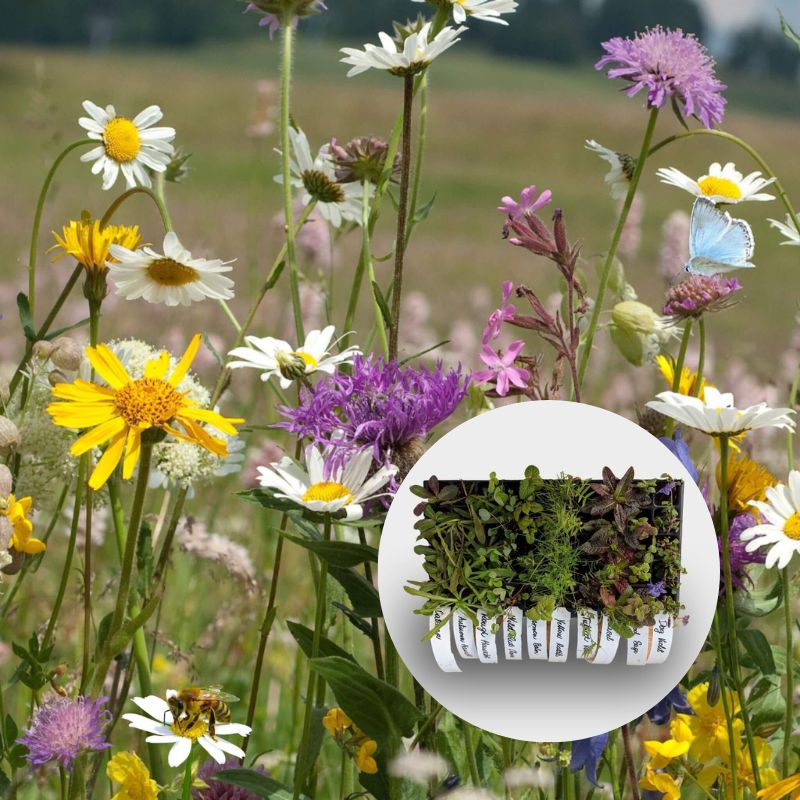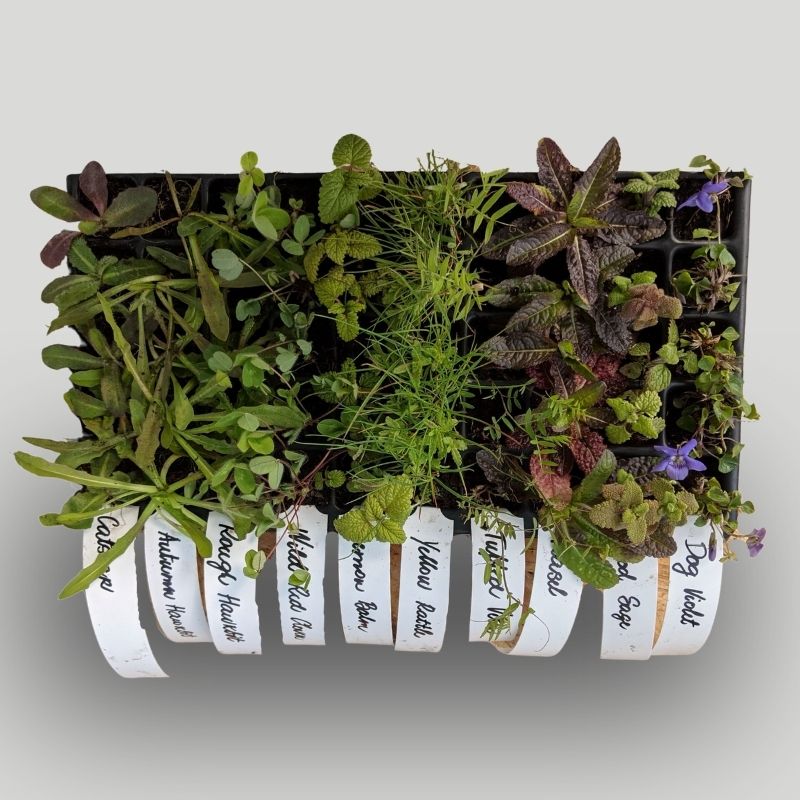
Understanding Yellow Rattle: Nature's Grass Control for a Thriving Meadow
Creating a thriving wildflower meadow is a beautiful way to support biodiversity, enhance the local ecosystem, and enjoy a stunning display of colours throughout the year. However, a common challenge that many meadow gardeners face is managing the dominance of grasses, which can often outcompete more delicate wildflowers. Enter Rhinanthus minor, more commonly known as Yellow Rattle—a plant that can transform a meadow by naturally controlling grass growth and allowing wildflowers to flourish.
What is Yellow Rattle?
Yellow Rattle is a hemi-parasitic annual wildflower native to the UK and much of Europe. It is named for its bright yellow, tubular flowers and the characteristic rattling sound made by its seeds in their pods when they are mature. But beyond its aesthetic appeal, Yellow Rattle is a powerful ally in meadow management.
The Benefits of Yellow Rattle in Your Meadow
1. Natural Grass Control:
Yellow Rattle attaches its roots to the roots of grasses and draws nutrients from them. This parasitic relationship weakens the grasses, reducing their vigor and competitiveness. As a result, grasses grow less densely, creating more space and resources for other wildflowers to establish and thrive.
2. Increased Biodiversity:
By suppressing grass growth, Yellow Rattle allows a greater variety of wildflowers to flourish. This increased plant diversity supports a wider range of insects, birds, and other wildlife, making your meadow a haven for biodiversity.
3. Low Maintenance:
Once established, Yellow Rattle helps maintain the balance in your meadow, reducing the need for intensive management practices like frequent mowing or weeding.
How to Establish Yellow Rattle in Your Meadow
1. Preparing the Ground:
To establish Yellow Rattle, it's important to start with a suitable seedbed. This means reducing the grass cover as much as possible. You can achieve this by cutting the grass short in late summer or Autumn and then raking or scarifying the soil to expose bare patches. The more soil you expose, the better the chances of successful Yellow Rattle germination. However, please note that Yellow Rattle requires a host (grass) to germinate, if you sow yellow rattle onto a completely bare seed bed, it will not grow. Aim to create 50% bare soil.
2. Sowing the Seeds:
Yellow Rattle seeds need a period of cold to germinate, so the best time to sow them is in the autumn, between late August and November. Scatter the seeds over the prepared ground and press them in. The seeds need to make contact with the soil, but don't bury them too deeply as they require light to germinate.
3. Waiting for Germination:
Yellow Rattle seeds will lie dormant over the winter and start to germinate in early spring. You’ll start to see the young plants emerging around April, May, or June. They will grow rapidly, and by early summer, you'll see their bright yellow flowers.
4. Managing Your Meadow:
Once Yellow Rattle is established, it's important to manage your meadow to encourage its continued presence. After the flowers have bloomed and the seeds have matured (around July), cut the meadow and remove the cuttings. This will help the seeds fall to the ground and find a place to germinate the following year.
5. Re-sowing if Necessary:
Yellow Rattle is an annual, meaning it completes its lifecycle within a year. Therefore, it’s essential to allow it to reseed itself each year. However, if you find that the population of Yellow Rattle is declining, you can always reintroduce seeds in the autumn to boost its presence.
Tips for Maintaining a Healthy Yellow Rattle Population
- Avoid Fertilising: Yellow Rattle thrives in low-fertility soils. If the soil is too rich, grasses may dominate, and the Yellow Rattle could struggle to establish.
- Continued Scarification: To keep your Yellow Rattle population healthy, you may need to scarify the soil periodically. This will create the bare patches that the seeds need to germinate.
- Rotate Your Cutting Schedule: Some parts of your meadow can be cut earlier or later than others to allow different plants, including Yellow Rattle, to reseed.
Common Questions About Yellow Rattle
Is Yellow Rattle harmful to all plants?
No, Yellow Rattle primarily targets grasses. It has a minimal effect on other wildflowers, which is why it is so beneficial in meadow creation.
Can I grow Yellow Rattle in a lawn?
Yes, but success depends on the type of lawn you have. If your lawn is dominated by grasses, Yellow Rattle can help introduce more wildflowers by reducing grass density. However, it’s less effective in lawns that are regularly fertilised or where grass is particularly dense.
Will Yellow Rattle spread to my entire garden?
Yellow Rattle is unlikely to become invasive. It is a meadow specialist and thrives best in low-nutrient, grass-dominated environments.
Final Thoughts
Yellow Rattle is an invaluable tool for anyone looking to create or enhance a wildflower meadow. By naturally controlling grasses, it fosters a more diverse and vibrant ecosystem. With the right care and management, Yellow Rattle can help transform your garden into a thriving meadow, rich in wildflowers and teeming with life.
If you're considering adding Yellow Rattle (in the form of seeds or plugs) to your meadow, why not explore our selection of high-quality wildflower seed mixes? With the right blend, you can create a stunning, biodiverse habitat that will be a joy to behold year after year.


